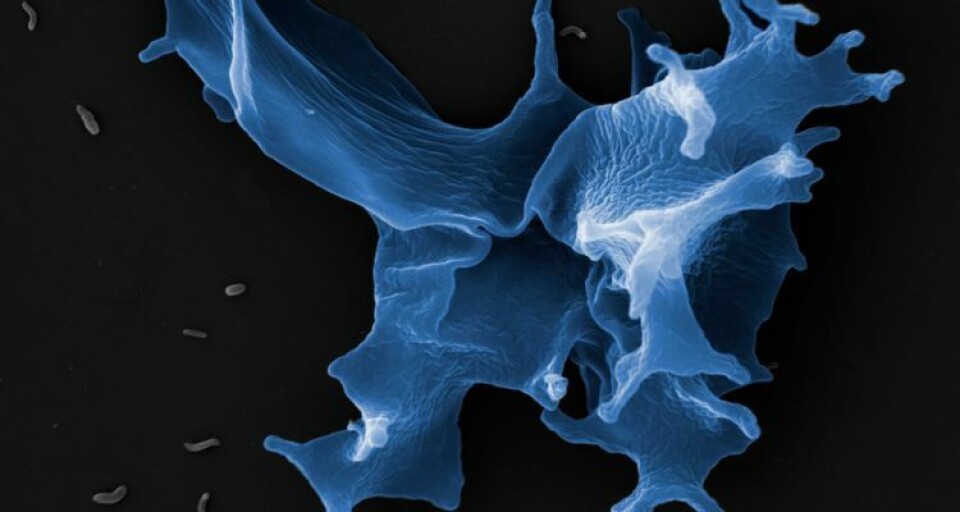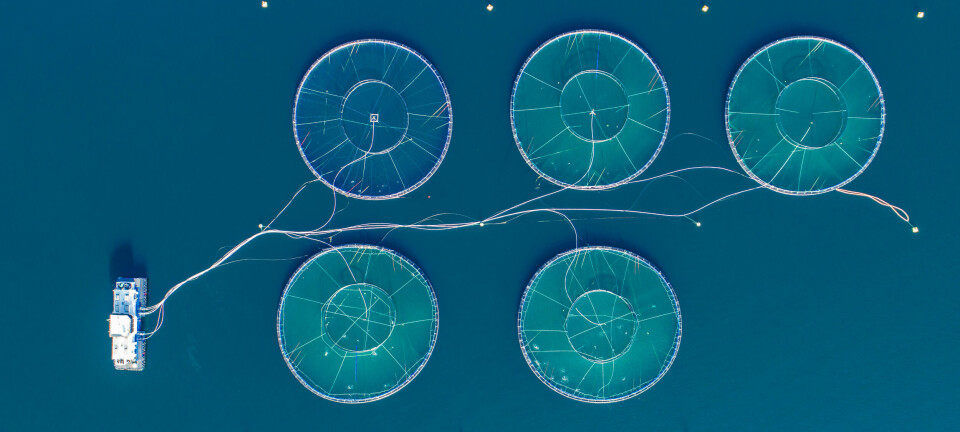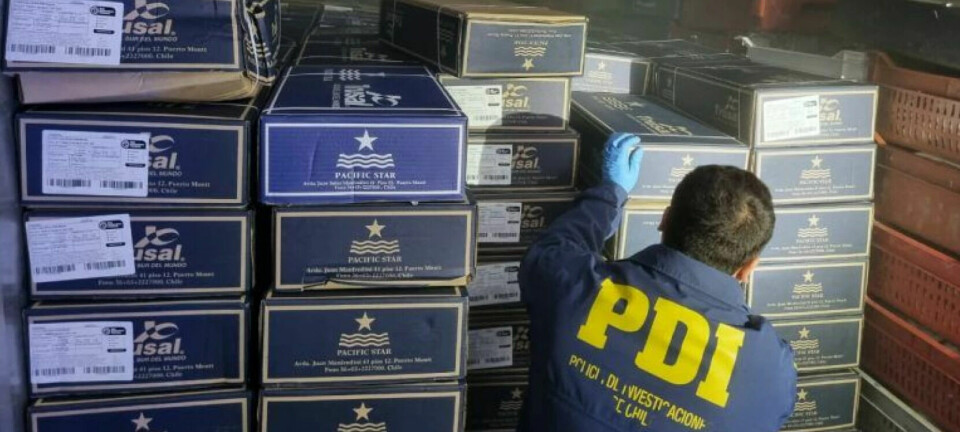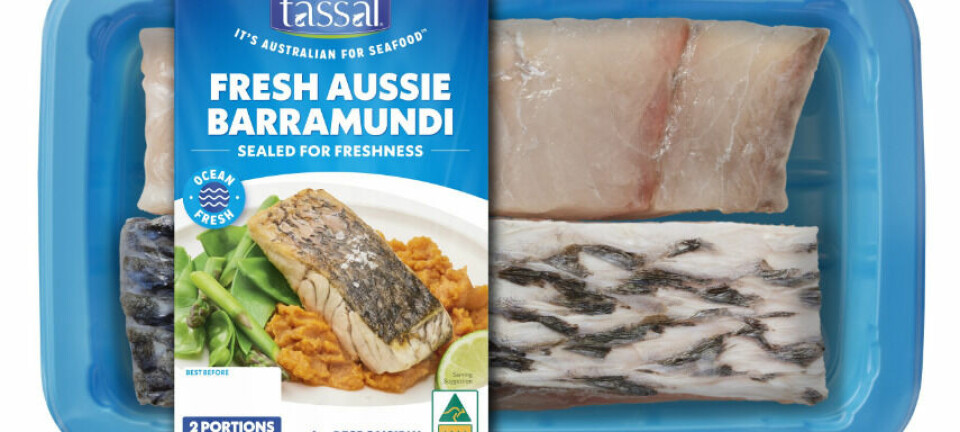
Fresh water most effective against amoebic gill disease
Studies in Norway show that it is gentler and more effective to treat salmon with fresh water to combat AGD than using hydrogen peroxide.
But neither treatment is completely effective against the disease, which is estimated to cost Scottish salmon producers up to £100m a year to control.
The Norwegian Veterinary Institute says AGD was detected in more than 50 localities in Norway in 2015 and has established itself as a serious illness in the Norwegian salmon farming.
Researchers evaluated the success of using both fresh water and hydrogen peroxide. In a press release, the Institute states: “None of the methods is, however, one hundred percent effective and therefore must be repeated often. Which method is chosen depends on such things as how soon the treatment is started and the availability of suitable fresh water.”
Effective and gentle
The Norwegian Veterinary Institute and the University of Bergen’s Industrial and Aquaculture Laboratory (ILAB) are leading a project financed by the Fishery and Aquaculture Industry Research Fund (FHF) where one of the goals has been to examine how salmon can be treated against AGD with hydrogen peroxide and fresh water in the most effective and gentle manner.
“The results show that both hydrogen peroxide and fresh water are effective against amoebae, but some amoebae survived the treatment and the disease developed again after treatment. High concentrations of hydrogen peroxide and prolonged treatment did not have a significantly better effect, but increased the likelihood of damage to the fish. Short exposure by hydrogen peroxide treatment is important for maintaining good animal welfare," states the Institute.
“Negative effects were observed on the fish from fresh water, but relatively long exposure time was needed to obtain high efficiency of the treatment. Fresh water was more effective than hydrogen peroxide against AGD, and fresh water was in addition considerably gentler than hydrogen peroxide on fish.”
AGD is caused by the protozoan amoeba species Neoparamoeba perurans, which provokes a response in the gill epithelium. Normally oxygen would diffuse through the thin epithelium, which it can't do when the epithlium is thickened. In the parts of the gill affected, the fish effectively can't breathe.
Amoebic gill disease was first reported in Scotland in 2006, re-emerged during 2011 and 2012, and has been associated with mortalities of up to 50 percent on marine Atlantic salmon farms.




















































